The power of drawing in creative life
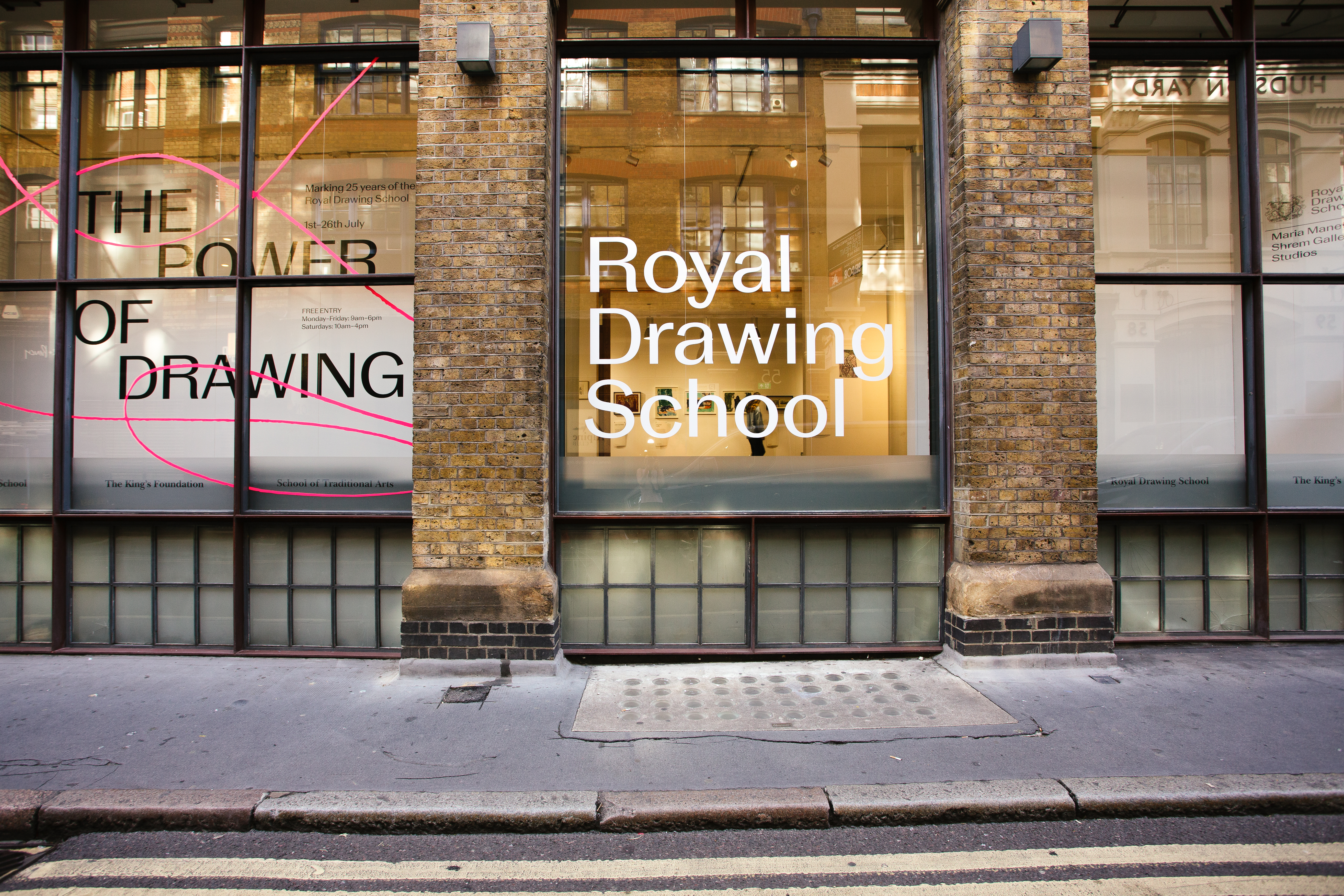
'The Power of Drawing' exhibition celebrates the discipline, the freedom and the community the School has nurtured and the remarkable journeys that drawing continues to make possible.”
Catherine Goodman CBE LVO
Founding Artistic Director
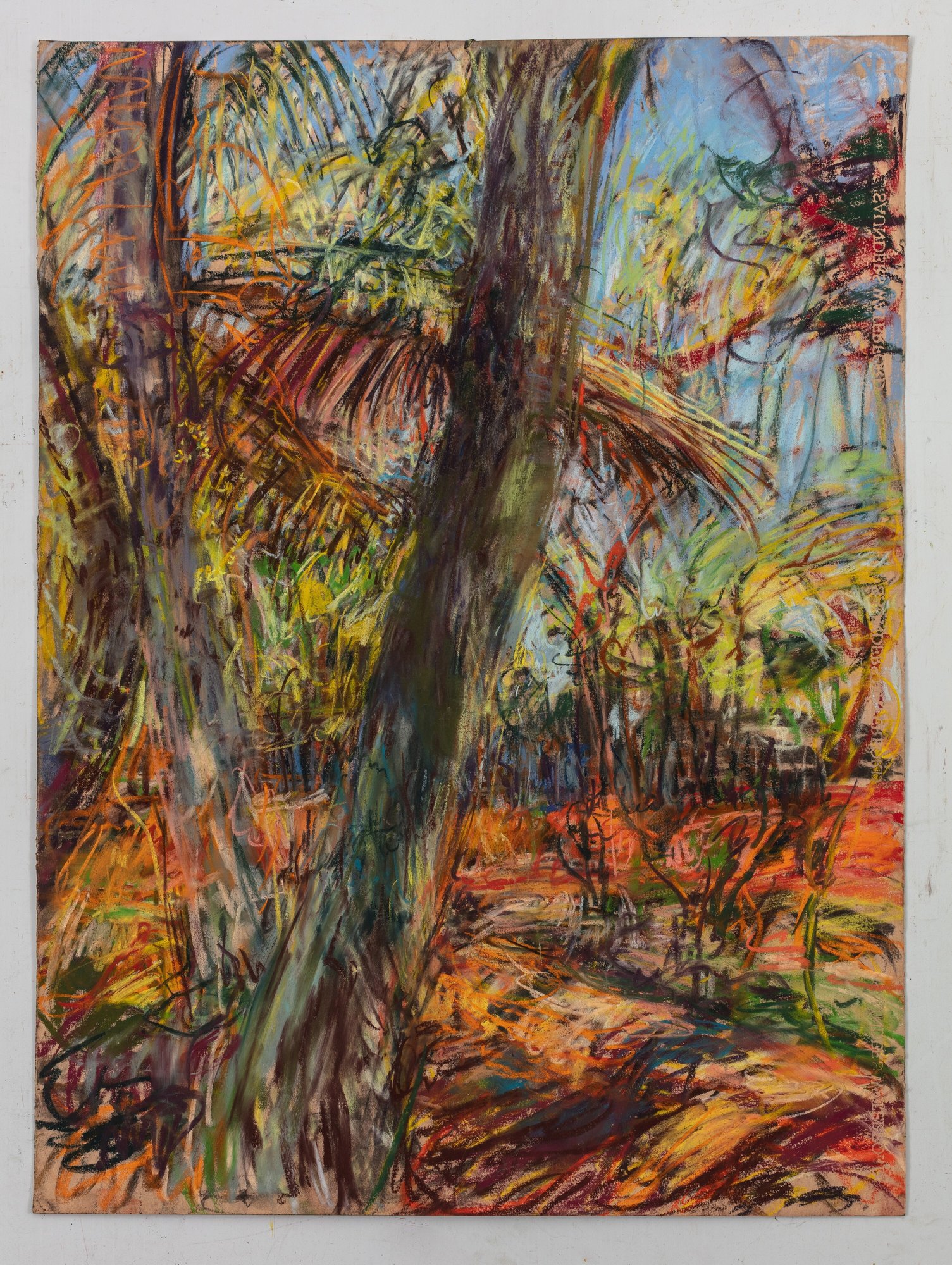
'Primordial Landscape', 2024, charcoal and pastel
Catherine Goodman
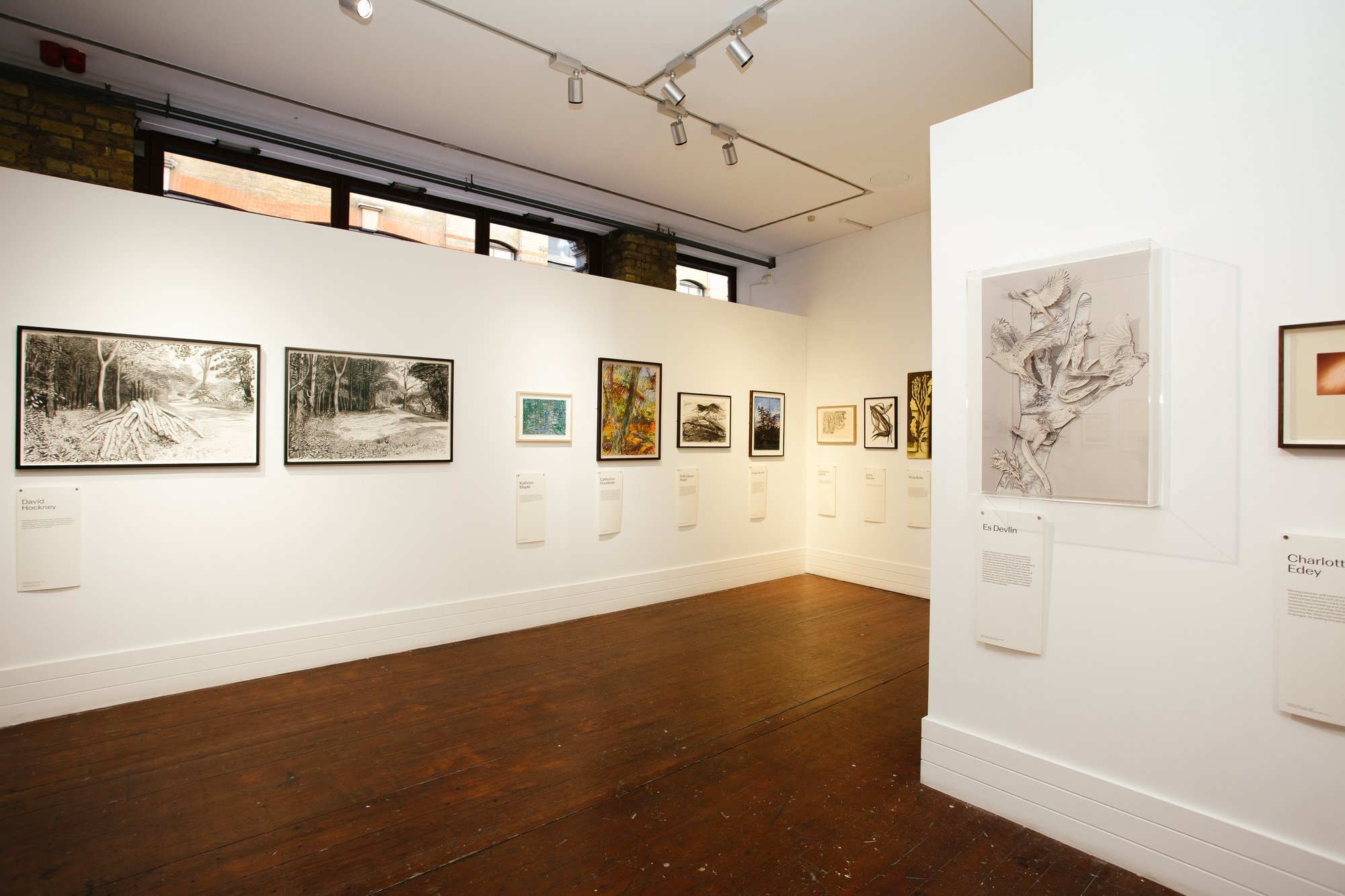
Our 25th anniversary year is an opportunity to celebrate the power of drawing to fuel creative practice. Our celebratory exhibition, brings together leading contemporary artists working across a range of disciplines, from painting and sculpture to music, poetry, film architecture and illustration. It curates work from 25 of the UK’s renowned creatives and 25 of our talented alumni artists, forming a collection that boasts a rich mix of varied artistic practice.
Through these works we witness drawing, not only as an end in itself, but also as a route to other creative practices - in designs for structure and buildings, as a ‘silent discipline’ alongside musical composition, or as the visual mapping of a poem as it unfolds.
Drawing opens you up to the magical process of connecting to the imaginative realms within yourself, via the actions of your hand.”
Rachel Jones
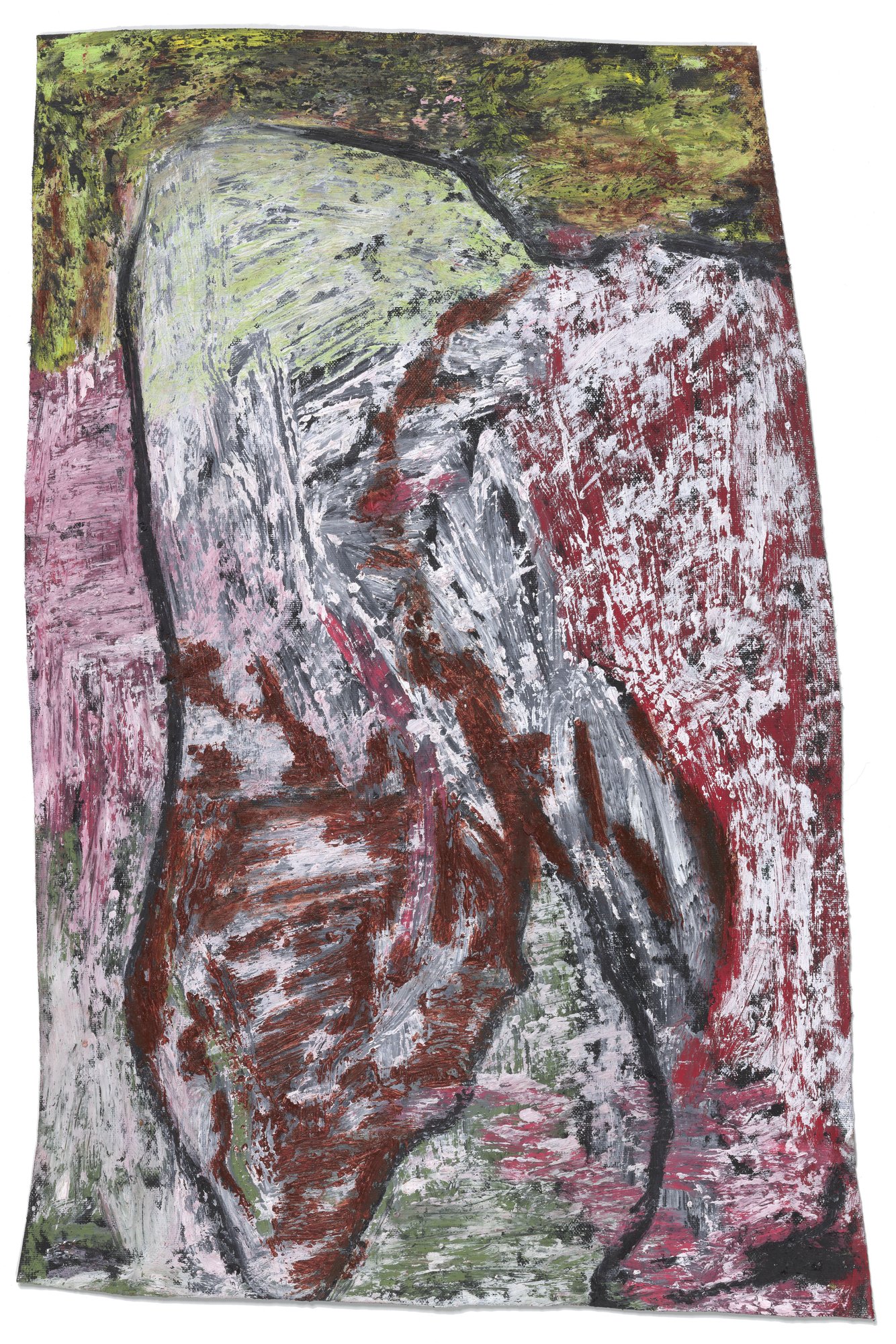
'Red, Forged', 2023, Oil stick, oil pastel on unstretched canvas
Rachel Jones
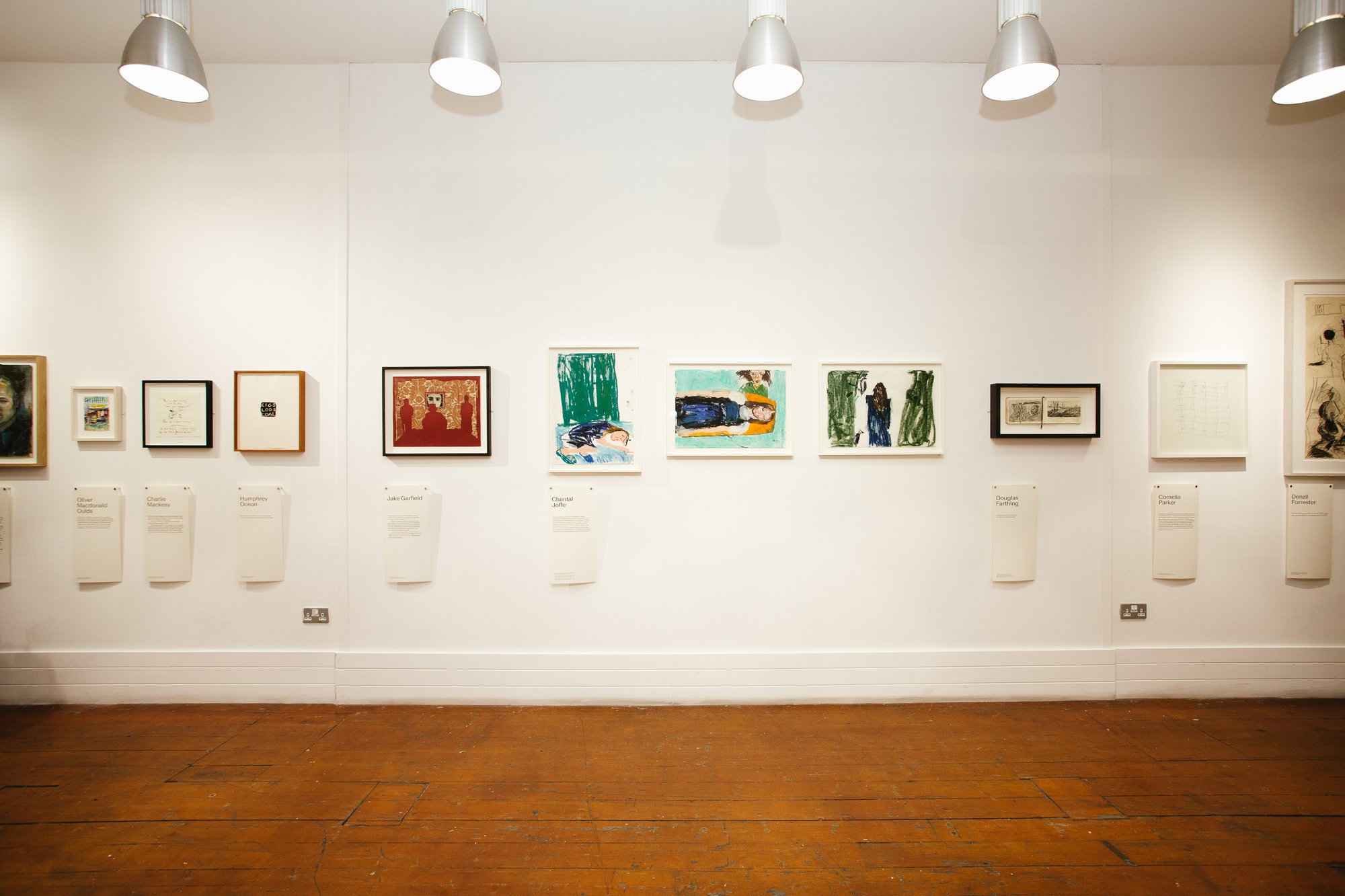
For the artists featured, drawing holds a multiplicity of meanings: it is ‘like breathing - magic (Eileen Hogan), a ‘cure’ (Rufus Wainwright), a ‘universal language’ (Ishbel Myerscough), or a ‘dialogue’ between a sheet of paper and the self (Tracey Emin). It can be a way of thinking, seeing and understanding. It can be therapeutic and intimate, reflective or funny, critical or confrontational. 'The Power of Drawing' exhibition demonstrates the centrality of drawing in creative life.
Drawings are like an abstract diary for me… a time, a place, a feeling. Nothing literal, but a memory.”
Tim Burton
.jpg?width=1395&height=1800&name=Tim%20Burton_Untitled%20(2).jpg)
Untitled, 2022, Ink and watercolour on paper
Tim Burton
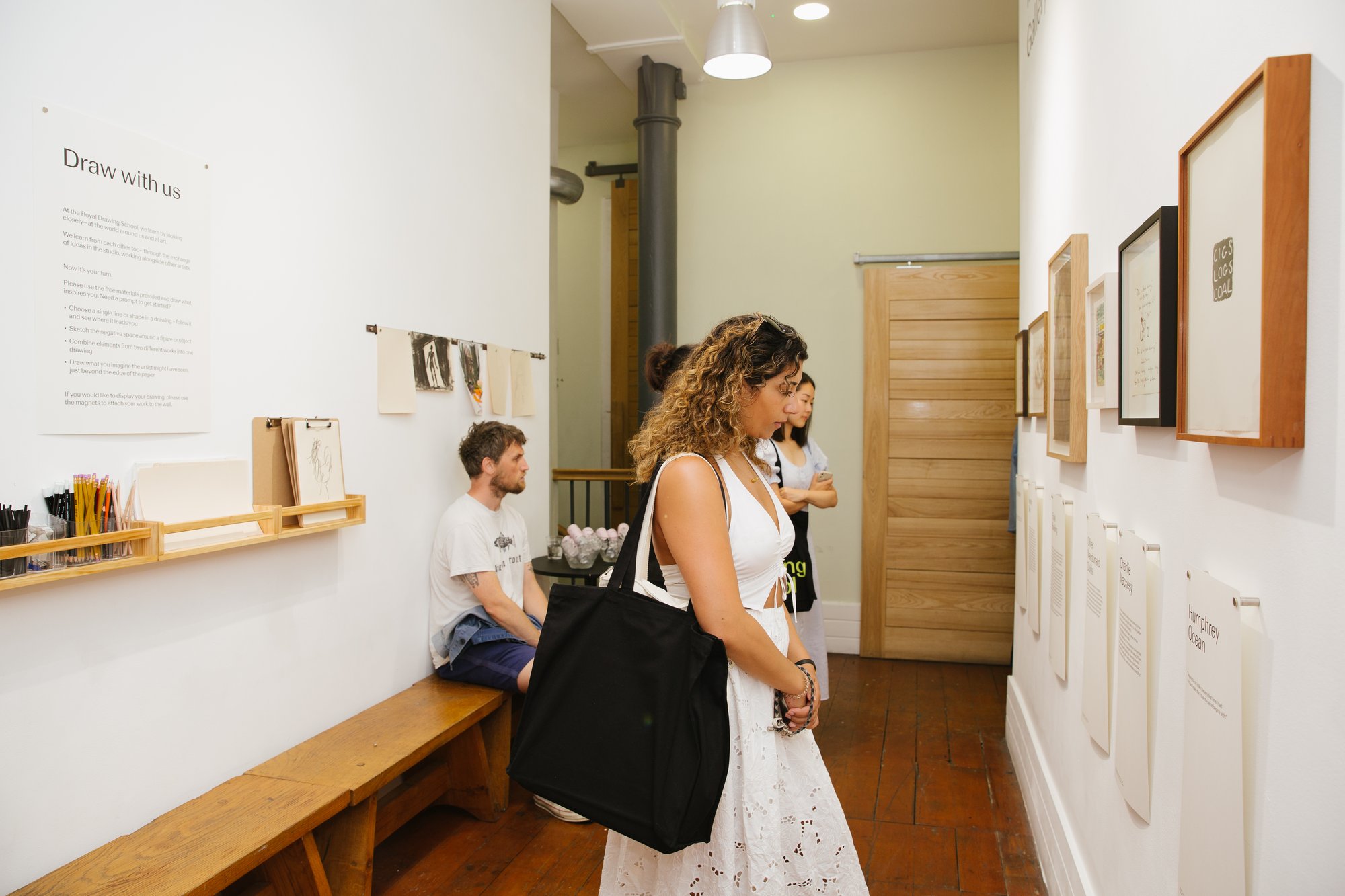
Today, the boundaries of what drawing can be, how it is created and where it can take us are expanding. Drawings with pencil, pastel or charcoal feature in the exhibition, in all their scope and possibility. But these are not the only tools at an artist’s disposal. We witness the flexibility and diversity of mark-making with a range of materials, from the humble pencil to an iPad, to Cornelia Parker’s wire drawing made from melted down bullets.
Drawing is central to what I do. When taking down my suspended works, I really loved the little tangled piece of wire that would normally get thrown away. It looked like a three-dimensional line drawing. I thought, how could I imbue a piece of wire with a narrative, a history, with monumentality?”
Cornelia Parker
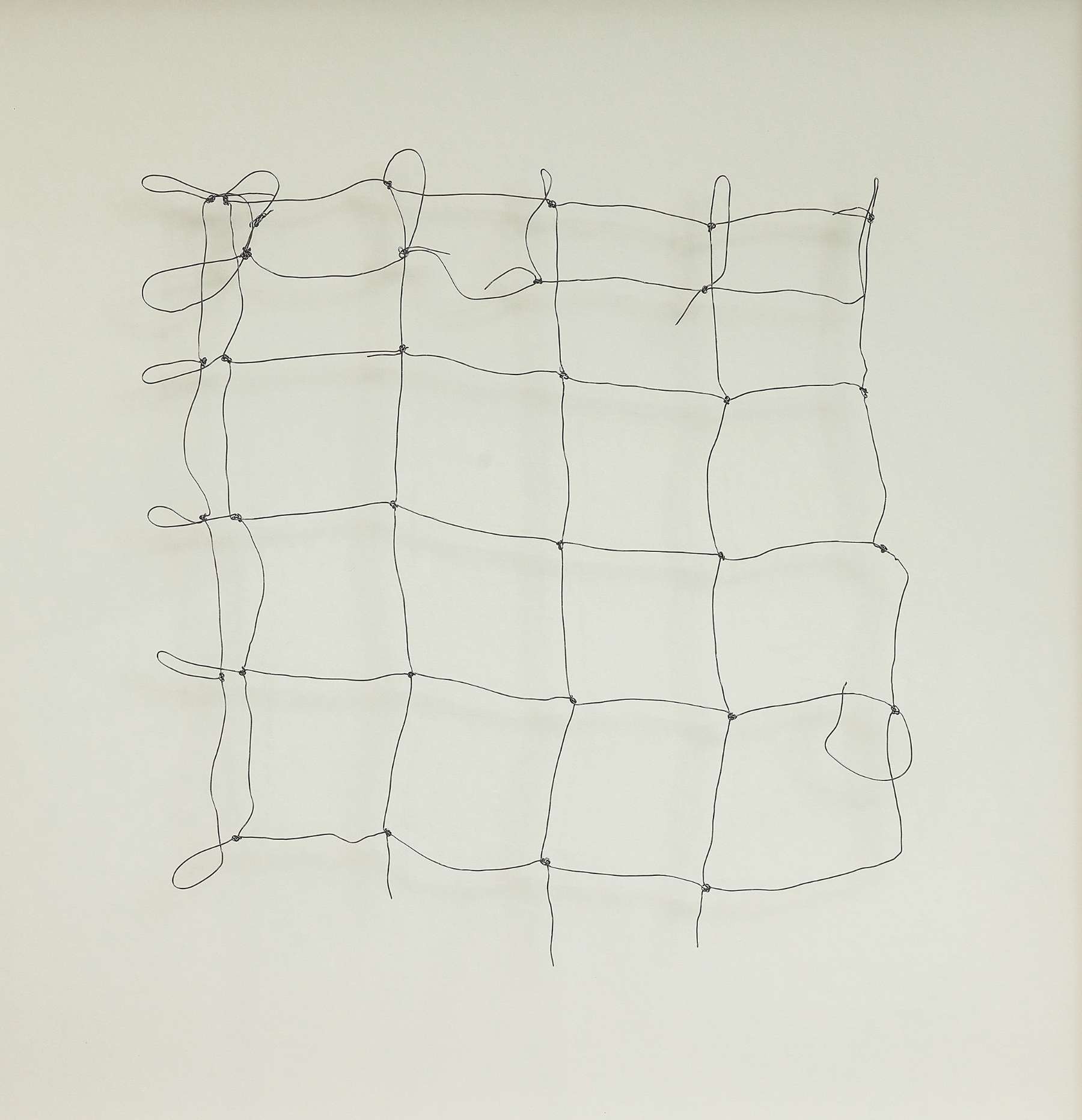
'Bullet Drawing', 2010, lead bullet drawn into wire
Cornelia Parker
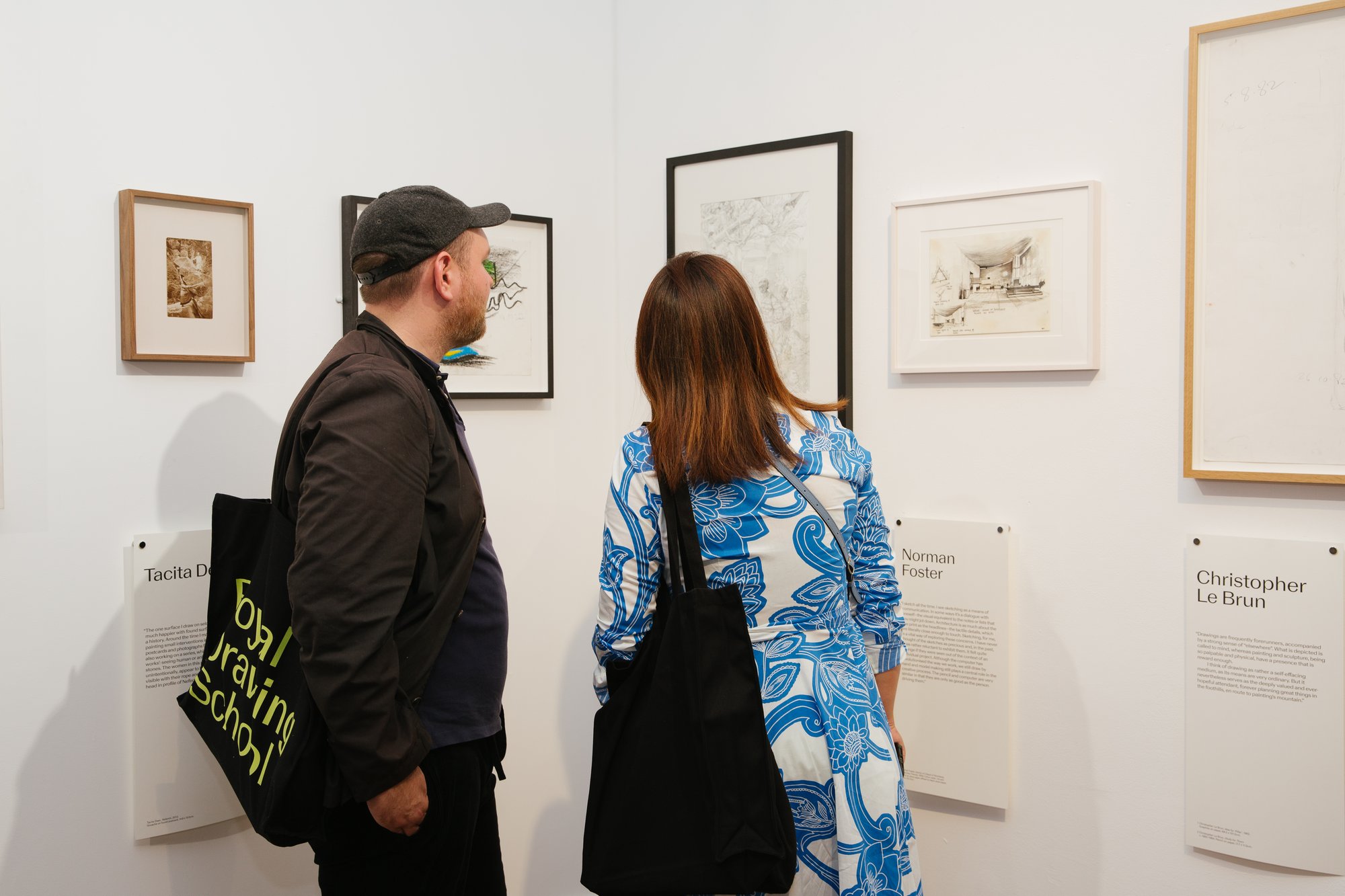
In our image-saturated culture and with the growing possibilities of technology, the debates around image-making are as live as ever. It is often said that we are living through a crisis of attention, with our senses bombarded by a flood of information and images. The practice of drawing encourages us to pause, notice and look again. Whether the subject is taken from life, or from imagination and memory, drawing involves an ongoing inquiry into the world and our relationship to it. It is an invitation and a challenge to slow down and to look more closely, to explore our inner and outer worlds. More flexible than language, drawing has the power to express thought and emotion in a new way and to communicate with directness and immediacy.
Drawing is an alchemic language. My emotions force the drawing out of my hand. This explains why so many of my drawings are repeated images. It’s not because I draw the same thing, but the same moment wants to be redrawn. And that’s the beautiful thing about drawing. It’s intimate, like handwriting and the dialogue is between the paper and me.”
Tracey Emin
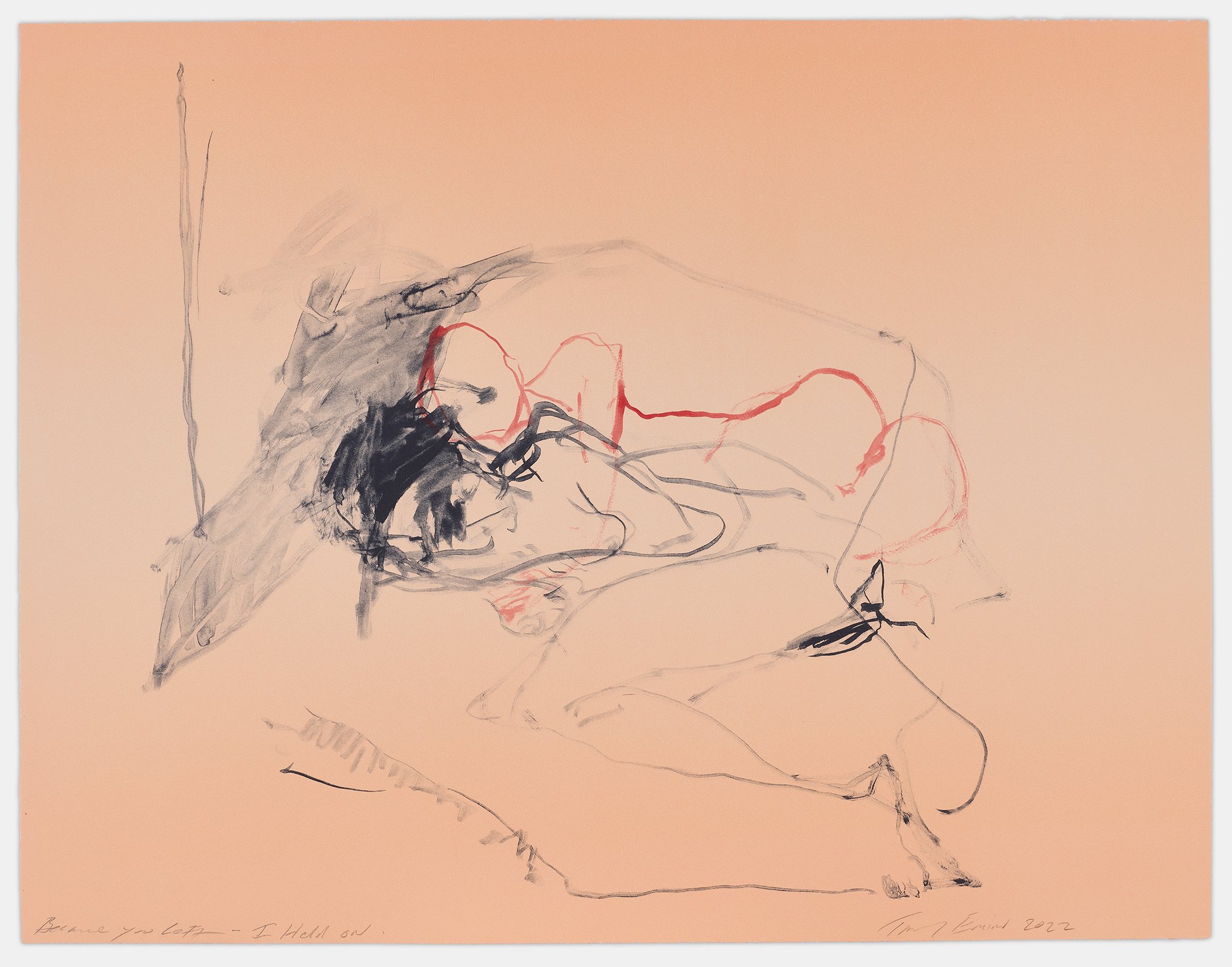
'Because you Left - I Held on', 2024, acrylic on lithographic background
Tracey Emin
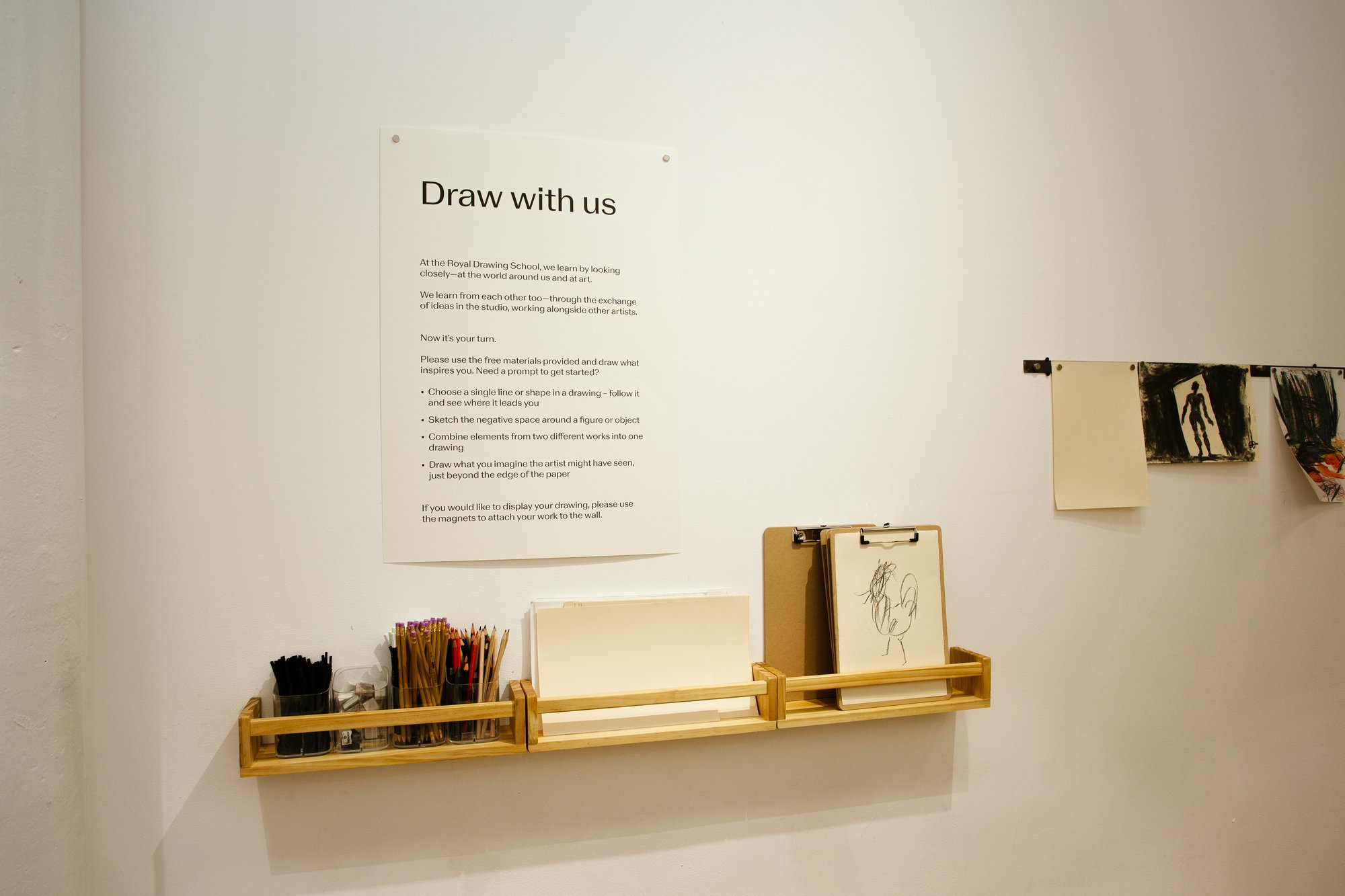
The words and images in 'The Power of Drawing' exhibition leave us with a feeling of optimism. They show us that drawing can strengthen our attention, perception and imagination. It can inspire our sense of wonder and is a vital language in contemporary life.
Drawing is one of the most direct ways of engaging with the world and, like music and dance, needs to be taught and practised throughout an artist’s life.”
His Majesty King Charles III
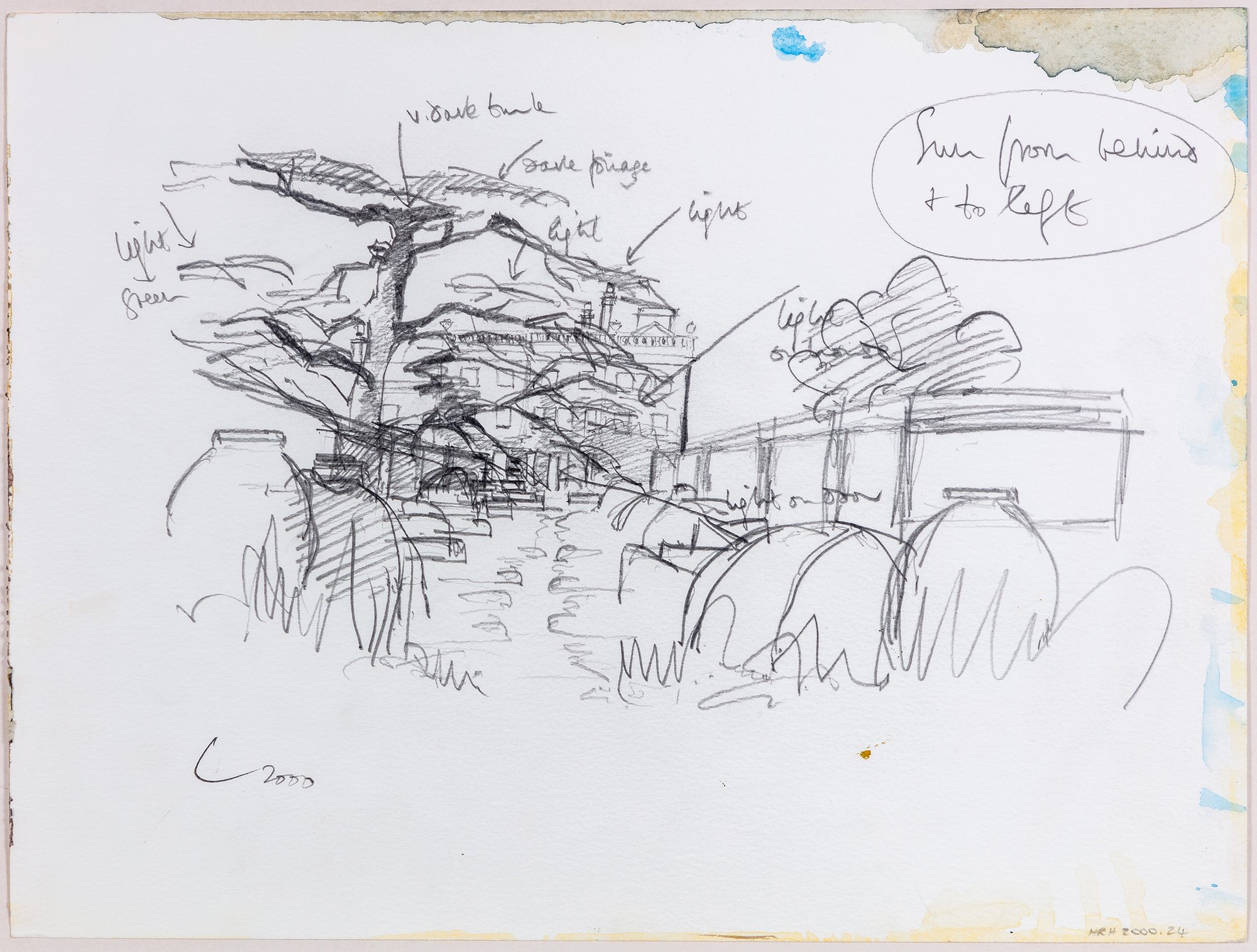
'Highgrove from the Thyme Walk', 2000, pencil on paper
HM King Charles III